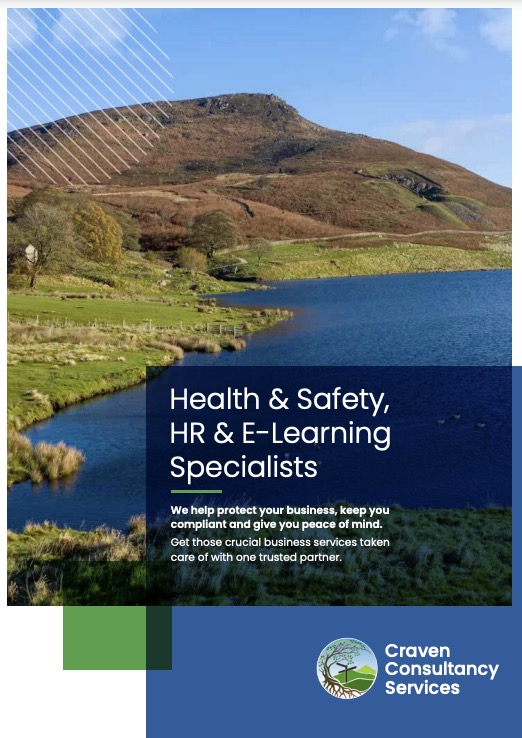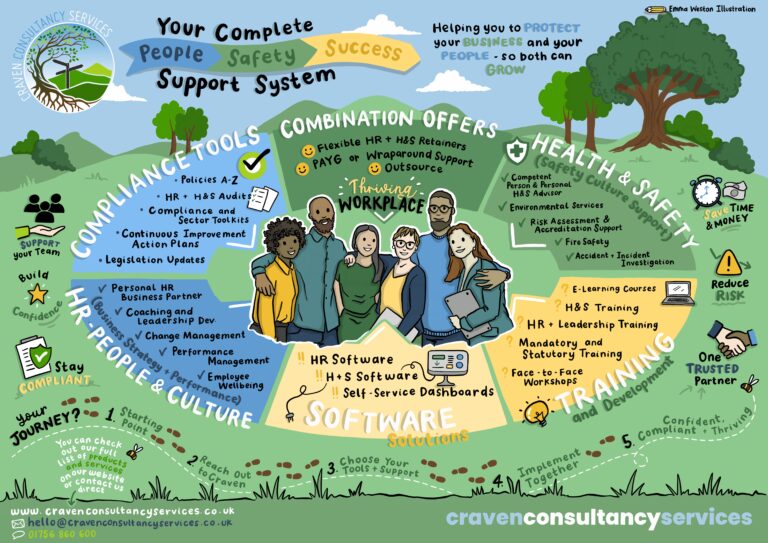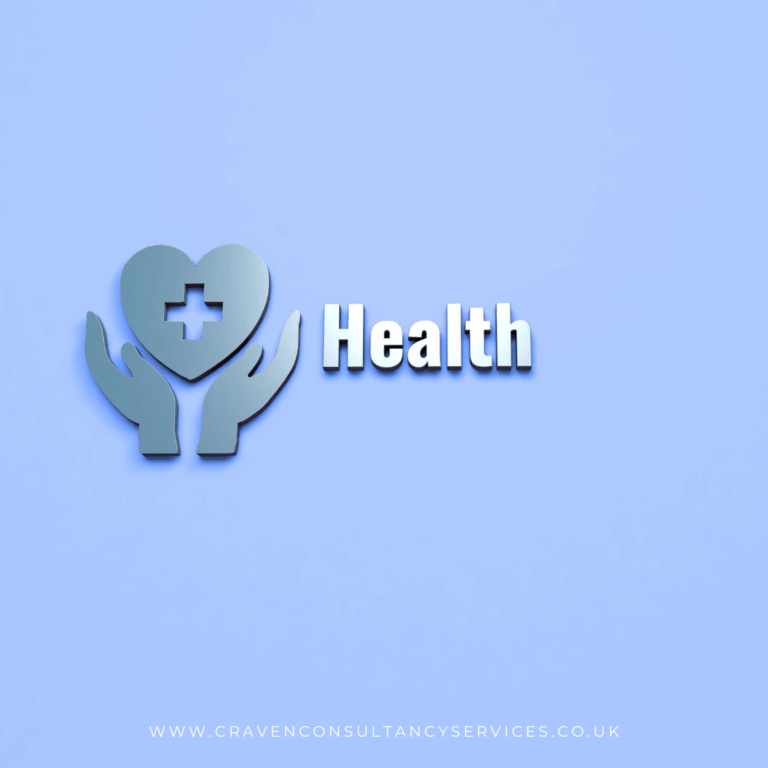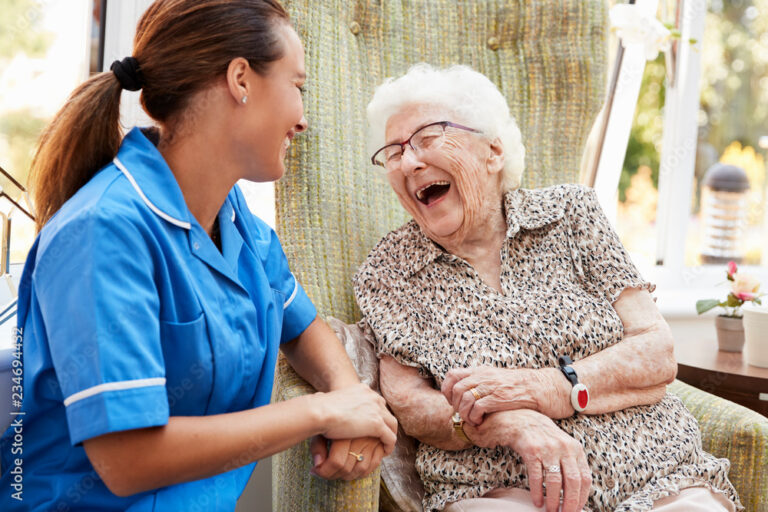[av_image src=’https://cravensafetyservices.co.uk/wp-content/uploads/2021/12/snow-g476ae7854_1920-1500×630.jpg’ attachment=’13838′ attachment_size=’featured_large’ copyright=” caption=” styling=” align=’center’ font_size=” overlay_opacity=’0.4′ overlay_color=’#000000′ overlay_text_color=’#ffffff’ animation=’no-animation’ hover=” appearance=” link=” target=” title_attr=” alt_attr=” lazy_loading=’disabled’ id=” custom_class=” av_element_hidden_in_editor=’0′ av_uid=’av-kxg6sdn1′ admin_preview_bg=”]
Today is the winter solstice, or the shortest day of the year, so what better time for some tips on how to stay safe working during the winter period.
The main question you need to consider is: Is there enough lighting around your workplace for everyone to be able to see and avoid hazards that might be on the ground?
Ways you can determine this are by:
- Asking staff who use the workplace.
- Walking any internal and external routes that are used throughout their working day. This must be done both inside and outside of the workplace, and at different times of the day to see light changes.
If you can’t see hazards on the ground, you will need to improve the lighting (e.g. new lights or changing the type of bulb).
There are many different trip hazards that can occur due to poor weather conditions during winter.
Wet and decaying leaves
Fallen leaves that become wet or have started to decay can create slip risks in two ways: they hide any hazard that may be on the path or they themselves create a slip risk.
Put in place a procedure for removing leaves at regular intervals. You might even consider removing the offending bushes or trees altogether. You may also want to have a system in place for reporting any possible slip, trip, and fall hazards to control the risk as soon as possible.
Rain water
In dealing with rainwater:
- When fitting external paved areas ensure that the material used will be slip resistant when wet.
- Discourage people from taking shortcuts over grass or dirt which are likely to become slippery when wet. Consider converting existing shortcuts into proper paths.
- On new sites, before laying paths, think about how pedestrians are likely to move around the site. Putting the path in the right place from the start may save you money in the long term.
- Many slip accidents happen at building entrances as people entering the building walk in rainwater. Fitting canopies of a good size over building entrances and in the right position can help to prevent this.
- If a canopy is not a possibility, consider installing large, absorbent mats or even changing the entrance flooring to one which is non-slip.

Ice, frost and snow
To reduce the risk of slips on ice, frost or snow, you need to assess the risk and put in a system to manage it.
- Identify the outdoor areas used by pedestrians most likely to be affected by ice, for example: – building entrances, car parks, pedestrian walkways, shortcuts, sloped areas and areas constantly in the shade or wet.
- Monitor the temperature, as prevention is key.
- Take action whenever freezing temperatures are forecast. Keep up to date by visiting a weather service site such as the Met Office or the Highways England.
- Put a procedure in place to prevent an icy surface forming and/or keep pedestrians off the slippery surface;
- Use grit (see separate article below for more detail) or similar, on areas prone to be slippery in frosty, icy conditions;
- Consider covering walkways, or use an insulating material on smaller areas overnight;
- Divert pedestrians to less slippery walkways and barrier off existing ones.
- If warning cones are used, remember to remove them once the hazard has passed or they will eventually be ignored.
Gritting
Gritting should be carried out when frost, ice or snow is forecast or when walkways are likely to be damp or wet and the floor temperatures are at, or below freezing. The best times are early in evening before the frost settles and/or early in the morning before employees arrive. Salt doesn’t work instantly; it needs sufficient time to dissolve into the moisture on the floor.
If you grit when it is raining heavily the salt will be washed away, causing a problem if the rain then turns to snow. Compacted snow, which turns to ice, is difficult to treat effectively with grit. Be aware that ‘dawn frost’ can occur on dry surfaces, when early morning dew forms and freezes on impact with the cold surface. It can be difficult to predict when or where this condition will occur.
When employees are working outdoor in cold weather, consider the following:
- ensure the personal protective equipment issued is appropriate
- provide mobile facilities for warming up, and encourage the drinking of warm fluids such as soup or hot drinks
- introduce more frequent rest breaks
- consider delaying the work – can it be undertaken at warmer times of the year without compromising on safety?
- educate workers about recognising the early symptoms of cold stress
- ensure employees do not take shortcuts during their work in order to be out of the cold sooner
- use of heating facilities where possible
If you would like further advice and guidance on working during the winter period, please get in touch with one of our advisors.














